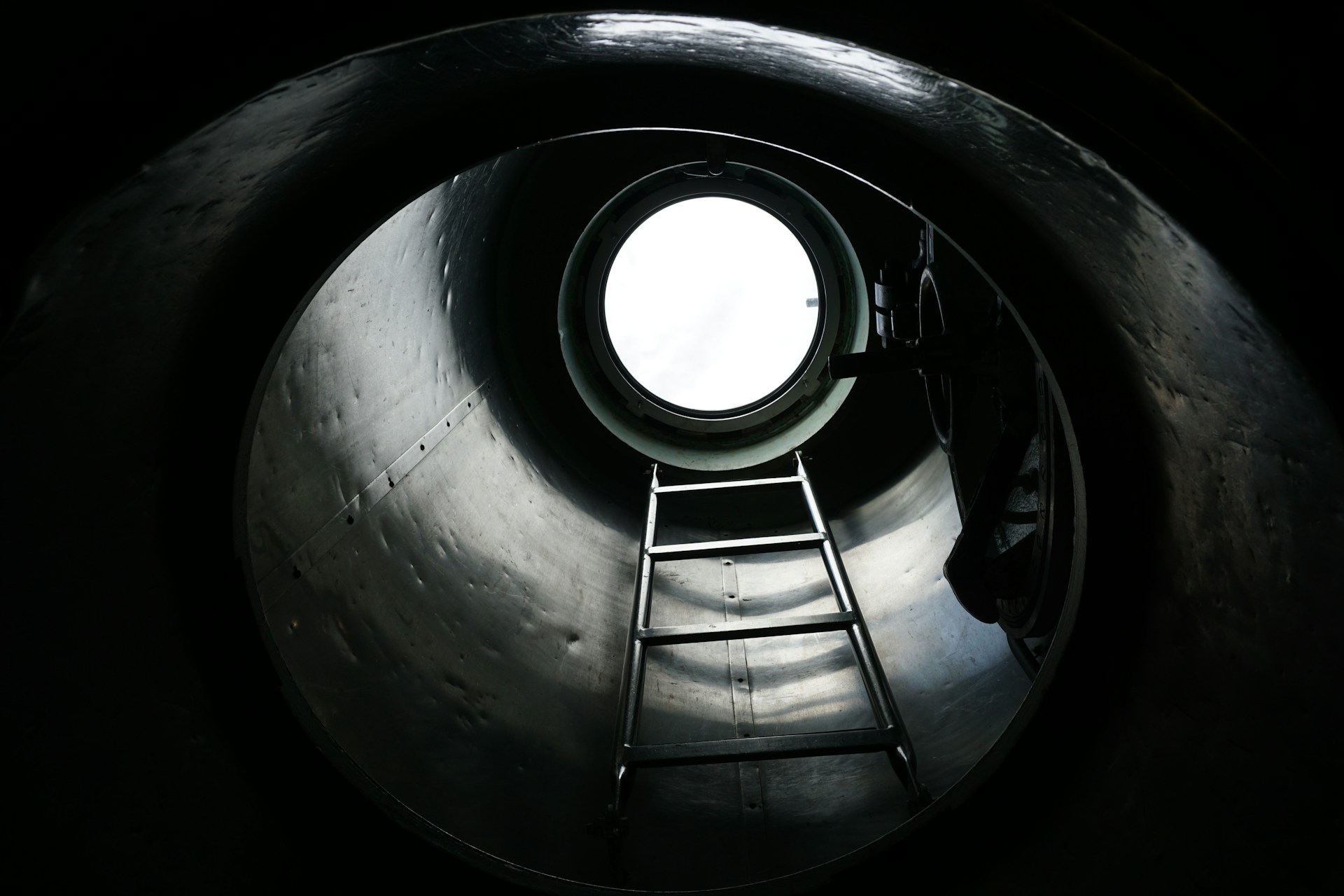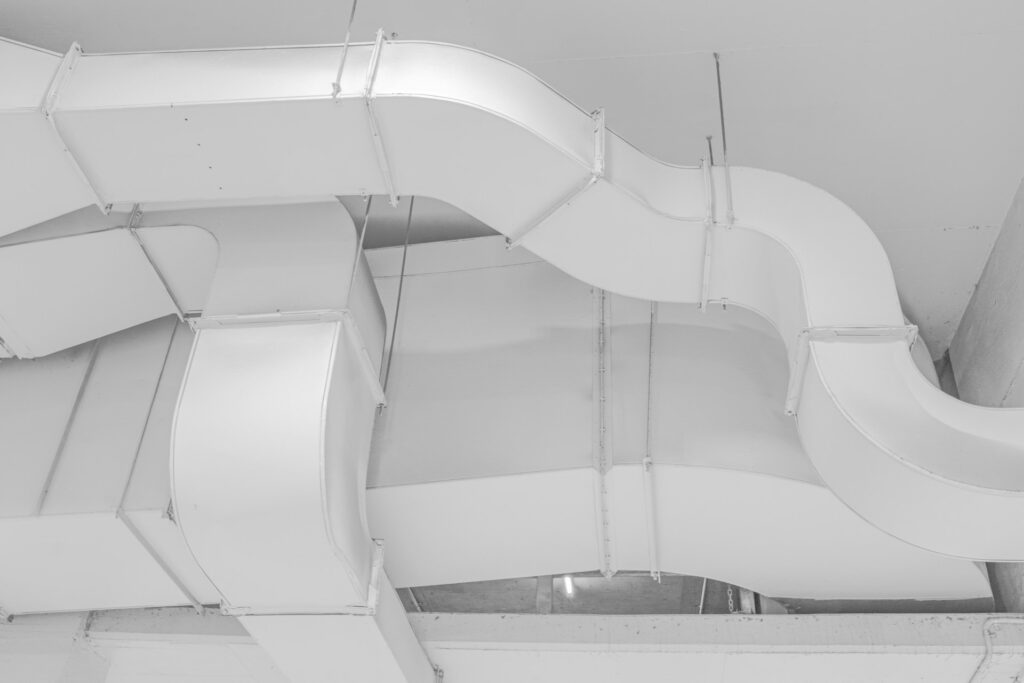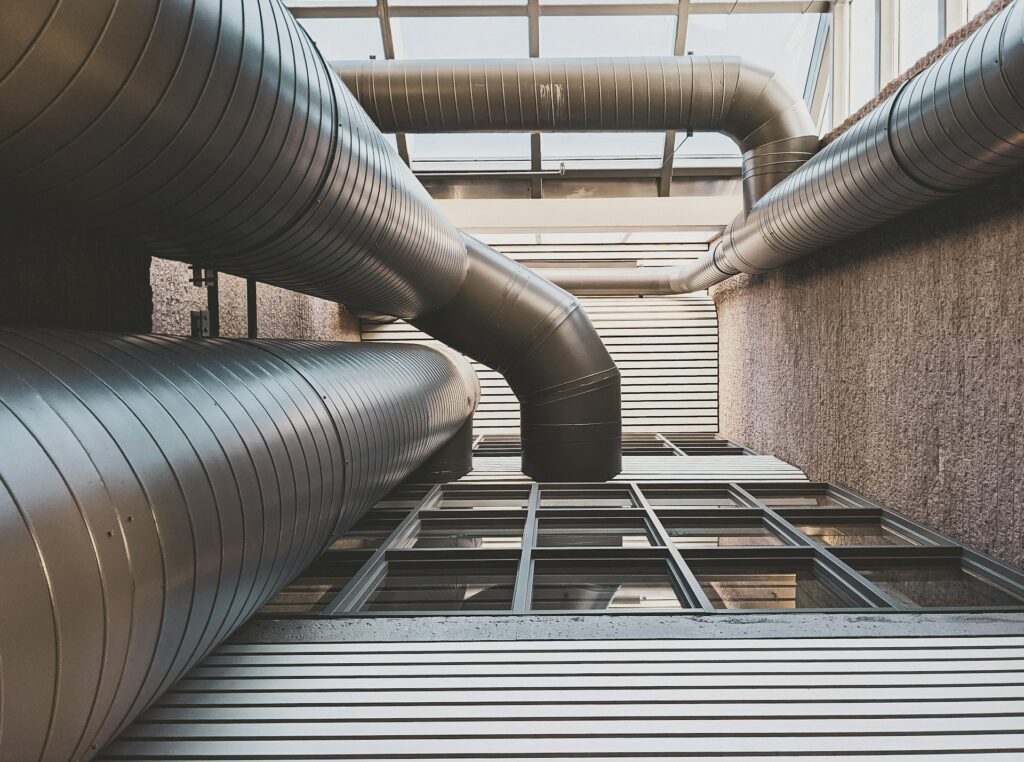Embarking on an exploration of the latest advancements in air duct cleaning technologies offers a glimpse into a dynamic field at the intersection of science and practical application. These innovations are reshaping how we approach indoor air quality and the maintenance of HVAC systems.
This deep dive into technological breakthroughs aims to uncover solutions that align with contemporary living and working spaces and transcend traditional maintenance practices.
Integrating robotics and remote monitoring systems is explored, highlighting their contributions to efficiency and real-time maintenance assessments. These innovations redefine the possibilities of preventive maintenance, showcasing the industry’s commitment to staying ahead of emerging challenges.
Our exploration concludes by focusing on environmental considerations and green technologies within air duct cleaning. This emphasizes the industry’s dedication to sustainability while maintaining effective cleaning practices.
Evolution of Air Duct Cleaning
The Evolution of Air Duct Cleaning unfolds as a historical narrative, tracing the industry’s progression from its nascent stages to the sophisticated methods employed today. This journey through time provides essential insights into developing and refining air duct cleaning technologies, shedding light on the continuous quest for more effective and efficient cleaning methodologies.
In its early days, air duct cleaning was a rudimentary practice driven by a basic understanding of the importance of maintaining clean ventilation systems. As demand for cleaner indoor air increased, so did the need for more sophisticated cleaning techniques. Technological advancements and a deeper comprehension of indoor air quality propelled the industry forward.
The emergence of mechanical brush and agitation systems represents a pivotal phase in the evolution of air duct cleaning.
Once simple and manual, these systems have evolved into sophisticated tools capable of dislodging and removing stubborn debris. This progression has significantly contributed to the industry’s ability to address the complexities of air duct contamination, ensuring improved air quality and HVAC system performance.
Throughout this evolution, the industry has shifted towards more proactive and comprehensive approaches to air duct cleaning. For instance, high-efficiency particulate Air (HEPA) filtration has become a cornerstone technology. Beyond capturing microscopic particles, HEPA filtration is crucial in mitigating allergens, marking a paradigm shift in the industry’s commitment to ensuring cleaner and healthier indoor environments.
The Evolution of Air Duct Cleaning is a testament to the industry’s adaptability and innovation. As technologies continue to evolve, the narrative unfolds, reflecting a dynamic journey marked by resilience, progress, and an unwavering commitment to providing optimal indoor air quality for all.
Mechanical Brush and Agitation Systems
Mechanical Brush and Agitation Systems have emerged as cornerstones in the evolution of air duct cleaning, representing a transformative phase in the industry’s quest for enhanced efficacy. This exploration into the progression of these systems unveils their evolution from essential, manual tools to sophisticated mechanisms, playing a pivotal role in dislodging and removing accumulated debris within air ducts.
In the early stages of air duct cleaning, manual efforts were employed to address contamination issues. However, as the demand for more thorough and efficient duct cleaning solutions grew, the industry witnessed the development of mechanical brush and agitation systems.
These systems marked a significant leap forward, introducing mechanized tools capable of navigating the complexities of ductwork to dislodge debris that was otherwise challenging to reach.
The sophistication of these mechanical systems lies in their ability to agitate and dislodge stubborn contaminants, ranging from dust and dirt to microbial growth. Once rudimentary, mechanical brushes have evolved to offer precision and efficiency, ensuring a comprehensive cleaning process beyond the surface.
The benefits of these advanced systems extend beyond mere cleanliness. Mechanical brush and agitation systems improve indoor air quality by effectively removing accumulated debris. They play a vital role in maintaining the optimal performance of HVAC systems, preventing potential issues associated with clogged or contaminated ducts.
High-Efficiency Particulate Air (HEPA) Filtration
High-efficiency particulate Air (HEPA) Filtration stands at the forefront of the air duct cleaning evolution, marking a significant leap in the industry’s commitment to achieving optimal indoor air quality. This exploration into the progression of HEPA filtration unveils its transformative role from capturing microscopic particles to becoming a cornerstone technology in mitigating allergens and enhancing overall air quality.
In the early stages of air duct cleaning, basic filtration methods were employed to address visible particles in the air. However, as the understanding of indoor air quality deepened, so did the need for more advanced filtration systems. HEPA filtration emerged as a game-changer, designed to capture particles as small as 0.3 microns with an efficiency of 99.97%.
The evolution of HEPA filtration reflects the industry’s response to the growing awareness of allergens and their impact on occupants’ well-being. Beyond merely capturing dust and debris, HEPA filters became instrumental in mitigating allergens such as pollen, mold spores, pet dander, and other microscopic particles that could compromise indoor air quality.
The effectiveness of HEPA filtration in removing allergens contributes significantly to creating a healthier living and working environment. By preventing the circulation of airborne allergens through HVAC systems, HEPA filters play a crucial role in minimizing respiratory issues and promoting overall well-being.
As technology advances, HEPA filtration systems have become more sophisticated and integrated into various air purification solutions. These advancements underscore the industry’s commitment to staying at the forefront of innovation, ensuring that air duct cleaning goes beyond surface-level cleanliness to address the intricate challenges posed by indoor air contaminants.
Ultraviolet (UV) Light Treatment
Ultraviolet (UV) Light Treatment emerges as a cutting-edge technology in air duct cleaning, revolutionizing the industry’s approach to microbial growth prevention. This exploration into the evolution of UV light treatment unveils its transformative role—from a sterilization method to a sophisticated tool that plays a pivotal role in ensuring the cleanliness and health of air duct systems.
In the early stages of air duct cleaning, addressing microbial growth posed challenges that demanded innovative solutions. The introduction of UV light treatment marked a significant breakthrough, utilizing the germicidal properties of UV-C light to neutralize bacteria, viruses, and mold spores within air ducts.
The evolution of UV light treatment reflects a deepened understanding of the importance of preventing microbial contamination in HVAC systems.
This technology goes beyond traditional cleaning methods, offering a proactive approach to maintaining a hygienic environment within the ductwork. UV-C light disrupts the DNA structure of microorganisms, rendering them unable to reproduce and effectively eliminating them from the system.
The sophistication of modern UV light treatment systems lies in their integration into HVAC units and air ducts, ensuring continuous and comprehensive disinfection. These systems are designed to operate safely and efficiently, providing added protection against the potential health risks associated with microbial growth in indoor environments.
Robotics and Remote Monitoring
Robotics and Remote Monitoring have emerged as transformative elements in the evolution of air duct cleaning, ushering in a new era of precision, efficiency, and proactive maintenance.
This exploration into the progression of robotics and remote monitoring unveils their pivotal roles—from enhancing the effectiveness of cleaning processes to providing real-time insights into the condition of air duct systems.
In the early stages of air duct cleaning, manual labor was the primary method employed to address contamination issues. However, the industry’s pursuit of more advanced and efficient solutions led to the integration of robotics. These automated systems represent a paradigm shift, capable of navigating ductwork, pinpointing contaminants, and executing cleaning tasks with unparalleled accuracy.
The evolution of robotics in air duct cleaning mirrors the industry’s commitment to overcoming challenges posed by complex duct systems. Advanced robotic technologies now incorporate features such as cameras, sensors, and precision tools, enabling operators to control and monitor the cleaning process remotely.
This level of sophistication ensures a thorough and precise cleaning operation, reaching areas that may be challenging for manual methods.
Environmental Considerations and Green Technologies
Environmental Considerations and Green Technologies represent a pivotal shift in the landscape of air duct cleaning, aligning the industry with sustainability and eco-friendly practices.
This exploration into the progression of environmental considerations and green technologies unveils their transformative roles—from minimizing the ecological impact of cleaning processes to promoting long-term sustainability in HVAC system maintenance.
In the early stages of air duct cleaning, the environmental impact of cleaning methods was often overlooked. However, as global awareness of ecological sustainability grew, the industry responded by integrating green technologies. These technologies prioritize eco-friendly practices, ensuring that air duct cleaning processes minimize resource consumption, waste generation, and harmful chemicals.
The evolution of environmental considerations in air duct cleaning mirrors a broader commitment to reducing the carbon footprint associated with maintenance activities.
Green technologies now encompass biodegradable cleaning agents, energy-efficient equipment, and sustainable disposal practices. These advancements not only contribute to the health of indoor environments but also align air duct cleaning with broader environmental goals.
Conclusion
In conclusion, the dynamic evolution of air duct cleaning technologies represents a commitment to advancing industry practices and prioritizing the well-being of indoor environments. The industry has continually embraced innovation from the early days of manual cleaning to the integration of cutting-edge technologies such as HEPA filtration, UV light treatment, robotics, and remote monitoring.
As we look to the future, the trajectory of air duct cleaning remains intertwined with technological progress, sustainability, and a proactive approach to maintenance. Embracing these innovations ensures that air duct cleaning continues to play a crucial role in creating healthier, more comfortable living and working spaces for individuals across the globe.
Whether it’s the meticulous precision of robotic systems or the eco-conscious practices of green technologies, the industry’s dedication to excellence remains steadfast, promising a cleaner, healthier tomorrow.













